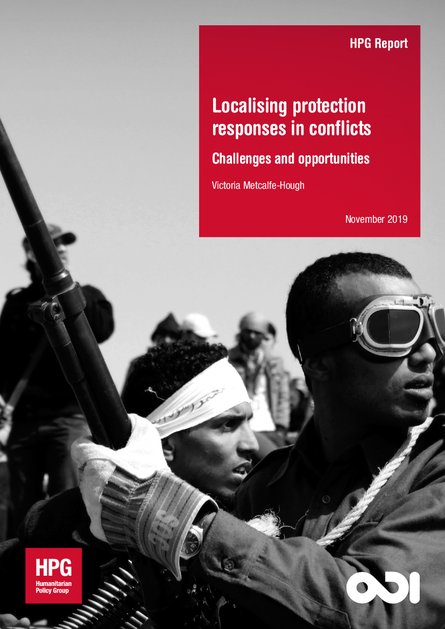
In conflict situations around the world, civilians are providing their own frontline ‘protection services’, adopting a variety of strategies and utilising various capacities and capabilities to try to prevent and mitigate the impact of conflict-related violence and abuse, and repair the damage done to their lives and livelihoods.
On the ground, however, international humanitarian organisations are still failing to fully understand and systematically integrate these local and self-protection efforts in their own response strategies.
This report considers in detail the role of local populations in their own protection; the role of local non-state actors in enhancing those efforts; and the relationship between these and the strategies adopted by international ‘humanitarian protection’ actors. The paper further seeks to explore the tensions, challenges and opportunities inherent in a more localised approach to protection.
